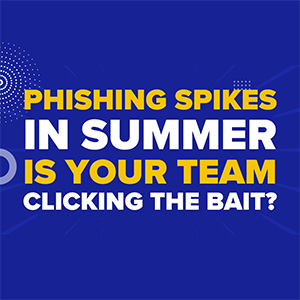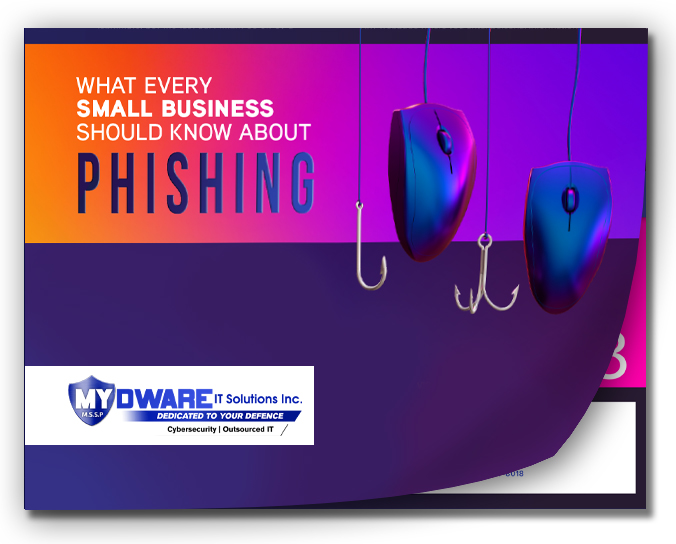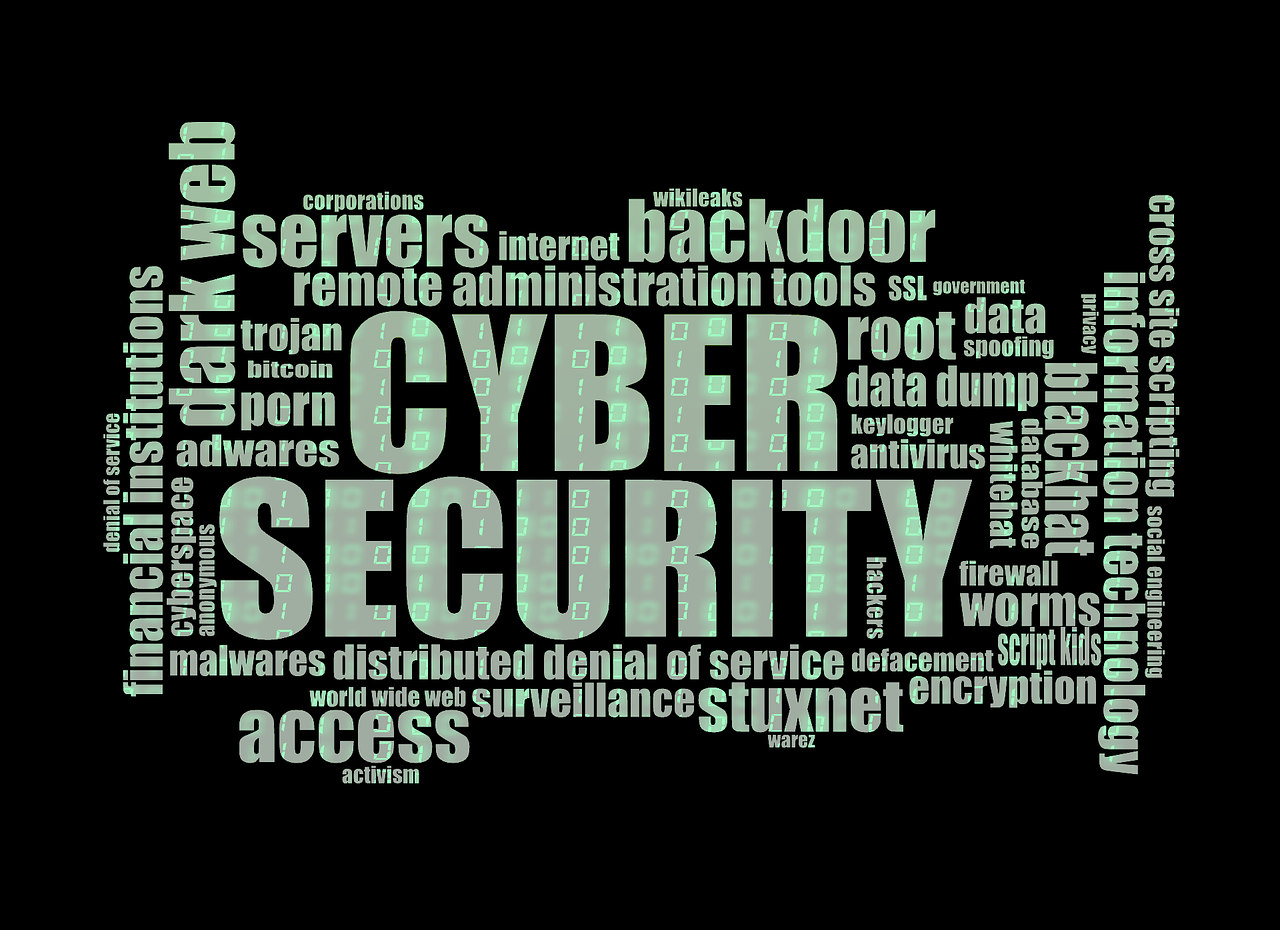 Summer vacations might wind down in August—but phishing scams are just heating up. While your team’s coming back to the office, cybercriminals are ramping up their attacks using sneaky, seasonal tactics.
Summer vacations might wind down in August—but phishing scams are just heating up. While your team’s coming back to the office, cybercriminals are ramping up their attacks using sneaky, seasonal tactics.
It’s no coincidence. Late summer is prime time for travel-themed scams, fake university emails, and workplace slipups that hackers love to exploit. Book a FREE cybersecurity risk assessment NOW!
Why Hackers Love Targeting Businesses in August
You may be refreshed after a few days at the cottage—but hackers never take time off.
Research shows phishing attacks spike in late summer, especially in August. One reason? Travel.
In 2025 alone, over 39,000 vacation-themed domains were registered in May. Of those, 1 in 21 turned out to be either malicious or suspicious. Many impersonated hotel sites, travel deals, or booking portals to steal your data.
Need a refresher on how these scams work? Here's a quick read on how to instantly identify phishing scams before they trick your team.
These Sneaky Phishing Tactics Are Getting Smarter
Today’s phishing attacks aren’t full of spelling errors and sketchy logos. With AI, they’re smarter, faster, and harder to spot. Here’s how they’re fooling businesses across the GTA and Simcoe County:
1. AI-Generated Emails That Look Legit
Attackers now use AI to craft clean, convincing messages that look like they came from your vendors or coworkers. Even savvy employees can fall for these if they're distracted or in a rush.
2. Spoofed Links and Misspelled Domains
A fake link that says “aircanada.ca” might actually redirect to a shady .info domain. Always hover before clicking—and teach your team to do the same.
3. “Helpful” Travel or School Emails
Fake booking confirmations or registration emails trick users into logging in. Once credentials are entered, attackers gain full access.
4. Public WiFi = Public Risk
Many phishing attacks start when someone checks email on unsecured hotel or airport WiFi. Use a VPN or wait until you're on a secured network.
Curious how AI plays into these scams? Here are 5 AI cybersecurity myths that could be putting your team at risk without realizing it.
Smart Ways to Stay Safe Before the Next Email Hits Your Inbox
Your team doesn’t need to become cybersecurity experts—but they do need to stay sharp. Here’s where to start:
1. Keep Work and Personal Emails Separate
Avoid checking personal inboxes on work devices—it’s an easy entry point for attackers. The same goes for social media or banking apps.
2. Enable Multifactor Authentication (MFA)
MFA adds a second barrier, making it harder for attackers to log in—even if they get the password. Use app-based MFA for stronger protection.
3. Use Endpoint Protection
Ask your MSP about EDR software—it can catch suspicious activity before it causes damage. Not sure what to ask? We’ll walk you through it.
Want to know how this phishing technique keeps gaining traction? Check out this overpowered phishing attack that businesses keep falling for in 2025.
Don’t Let One Click Take Down Your Entire Business
Your team’s just getting back into work mode—but hackers are already three steps ahead. One bad click could cost you your data, your reputation, and your peace of mind.
Keep your systems—and your staff—up to date with the right training and tools. Book a FREE cybersecurity risk assessment NOW!
Darryl Cresswell
CEO & President
MYDWARE IT Solutions Inc.




